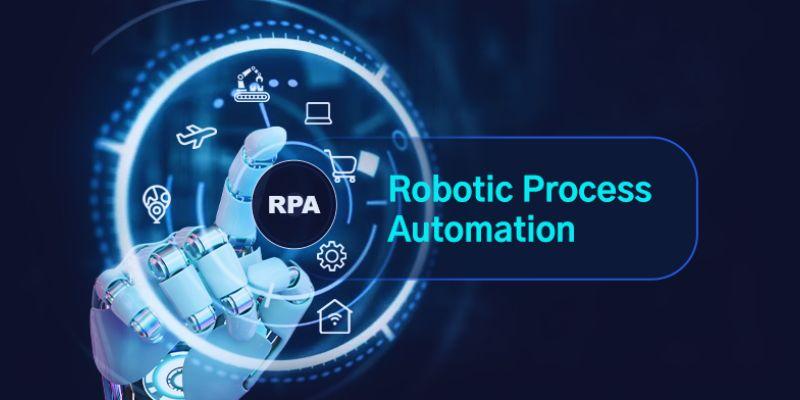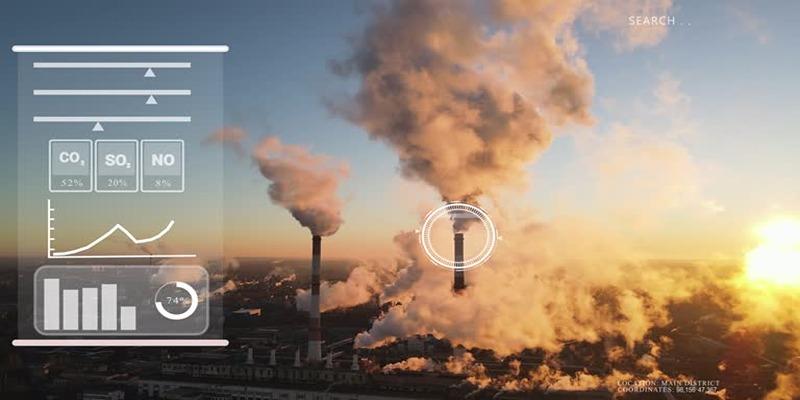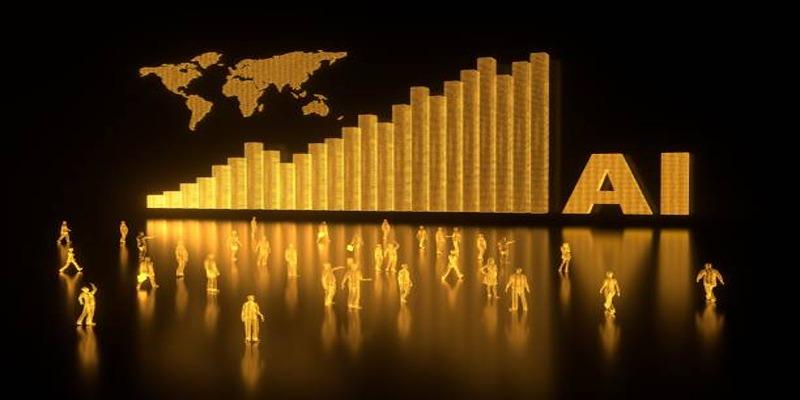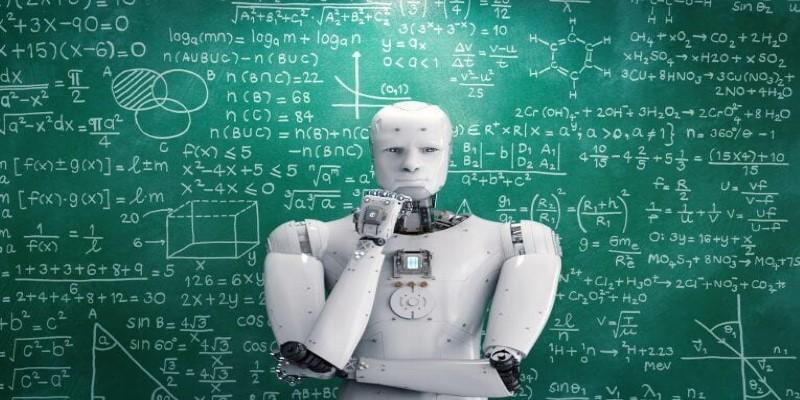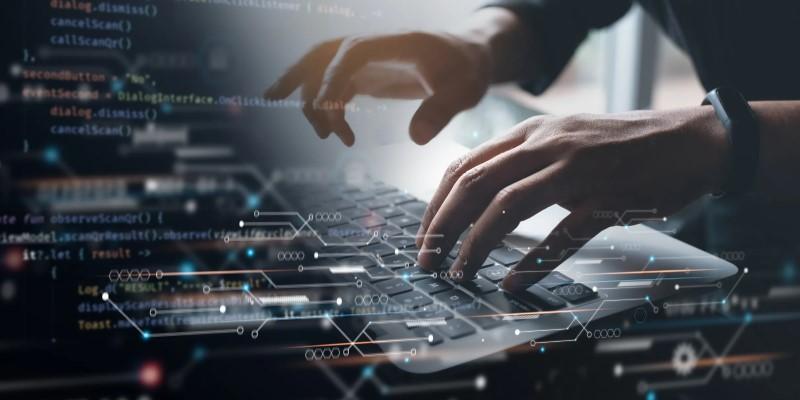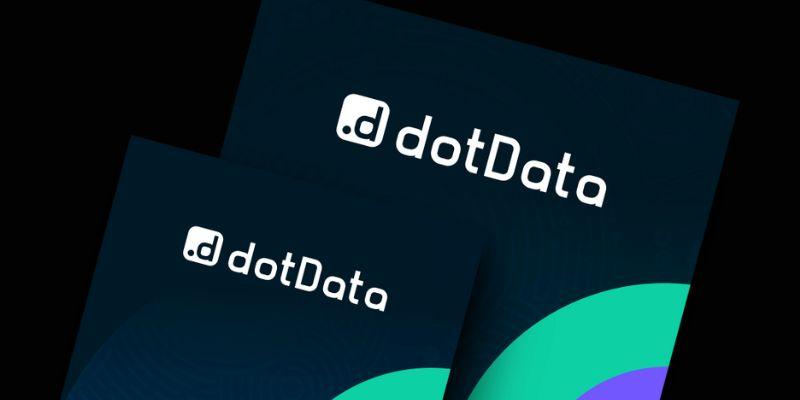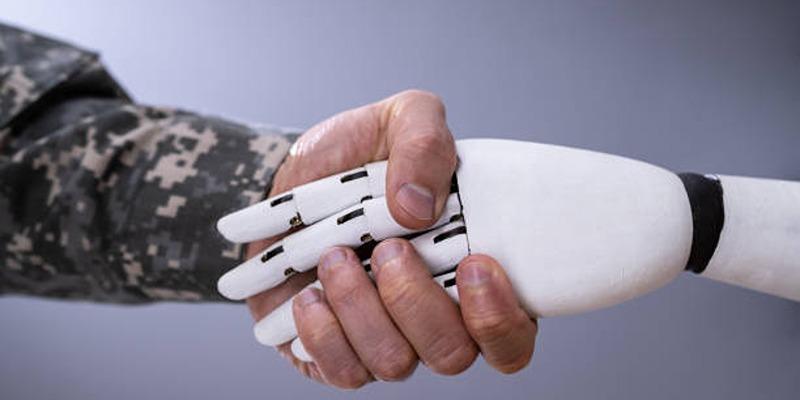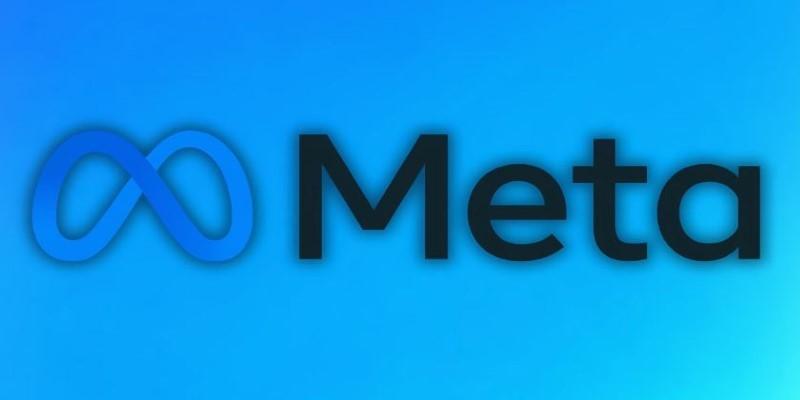Artificial Intelligence has come a long way from being a buzzword in tech circles. Today, it's more hands-on than ever. We’re not just talking about chatbots answering emails or algorithms recommending songs. Things have gotten more exciting—think AI going head-to-head with AI in real-time environments, figuring things out, adapting, and trying to outsmart each other. Sounds wild, right? That’s where AI vs. AI enters the stage.
This isn't about a simple software showdown. It's about a dynamic system built to train and test multiple agents using deep reinforcement learning. These agents don’t just act. They compete, learn, and evolve inside a setup that pushes them beyond rule-following. Welcome to a system that makes them think.
What Exactly is Deep Reinforcement Learning?
Before diving deeper, let's break this part down. Reinforcement learning is basically a type of machine learning where an agent learns by doing. It takes an action, sees what happens, and adjusts based on whether the result was good or bad. Pretty much like how we figure out not to touch a hot stove—try it once, and you remember forever.
Now throw “deep” into the mix, and you’ve got neural networks running the show. These networks help the agent handle complex environments with way more variables than simple trial-and-error would allow. Instead of just reacting to immediate results, the agent starts building long-term strategies. So, it’s not only learning—it’s planning, predicting, and improving continuously.
The Competitive Edge: Why Multi-Agents?
Here’s where things heat up. Having one agent learning in an environment is useful, sure. But once you bring in multiple agents that learn simultaneously—boom. You get competition. You get unpredictability. And most importantly, you get growth that’s not one-dimensional.

This multi-agent setup isn't just for fun (even though it is kind of fun). When agents go up against each other, they force each other to think smarter. It’s not enough to beat the environment—they have to beat each other. And that means adapting quickly, noticing patterns, and changing tactics on the fly. Think of it like training a chess player. You could play against the board alone, or you could play against five players with wildly different styles. Who do you think learns faster?
How Does AI vs. AI Work?
Here’s a step-by-step breakdown of what goes on behind the scenes:
Step 1: Set the Environment
Every competition starts with a defined world. It can be a grid, a simulated battlefield, or even a resource-sharing arena. The point is to create a space where agents can move, act, and make decisions. Rules are set, rewards are defined, and boundaries are in place. But beyond that, the agents are left to figure things out themselves.
Step 2: Deploy the Agents
Once the environment is ready, it’s time to introduce the agents. Each one comes with a blank slate or a set of pre-loaded instructions. The system doesn’t tell them what to do. It lets them learn by experience. Every decision they make, whether good or bad, gives them information. That information becomes part of their next move.

Step 3: Reward and Punish
This part is key. Agents learn based on reward feedback. Take the right step, get a reward. Mess up, lose points. Over time, the agents learn which actions pay off and which don’t. But here's the twist: in a competitive setup, rewards aren't fixed. Sometimes, what works in one round may fail in the next.
Because the other agents are also learning, and they're changing the rules of engagement as they grow. An agent that keeps winning in one scenario might fall behind when others adapt. So, the reward system doesn't just teach success—it teaches flexibility, timing, and when to abandon a strategy that no longer works. That's where the real learning happens.
Step 4: Evolve Through Episodes
The learning doesn’t happen all at once. It’s broken into episodes—short matches or rounds where the agents act, learn, and reset. After each episode, the agents carry forward what they’ve learned and try again. This repetition helps refine their strategies. It’s not just learning through doing—it’s learning through adapting to others who are also learning. That feedback loop? It’s gold.
What Makes This System Stand Out
Here’s the real beauty of AI vs. AI: the system doesn’t handhold. It doesn’t teach in the traditional sense. Instead, it creates an arena where mistakes are part of the learning curve and smart decisions rise to the top.
Another plus? This setup encourages diversity in strategy. If all the agents learn the same thing, they’ll stagnate. But with different agents exploring different paths, the system naturally starts promoting variety. Some agents become aggressive, others defensive. Some take risks, others play it safe. This variety is where real innovation happens.
And because the system is open-ended, it never stops offering new challenges. There’s always a stronger opponent around the corner. That’s exactly what keeps pushing the boundaries.
Closing Thoughts
The idea of AI competing with AI might sound like a sci-fi plotline, but it's very much a real-world tool with practical value. Deep reinforcement learning gives the agents the brains. The multi-agent setup puts pressure on them. Put them together, and you've got a system that teaches intelligence the hard way—by making it earn every win.
So, whether you're into training autonomous systems, solving coordination problems, or just curious about how smart a machine can actually get under pressure, this system delivers. It’s not about perfection. It’s about progression. And in the world of AI vs. AI, that’s what matters most. And the best part? Each round makes the next one harder to predict—and smarter to watch.


